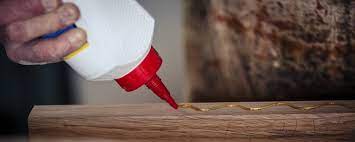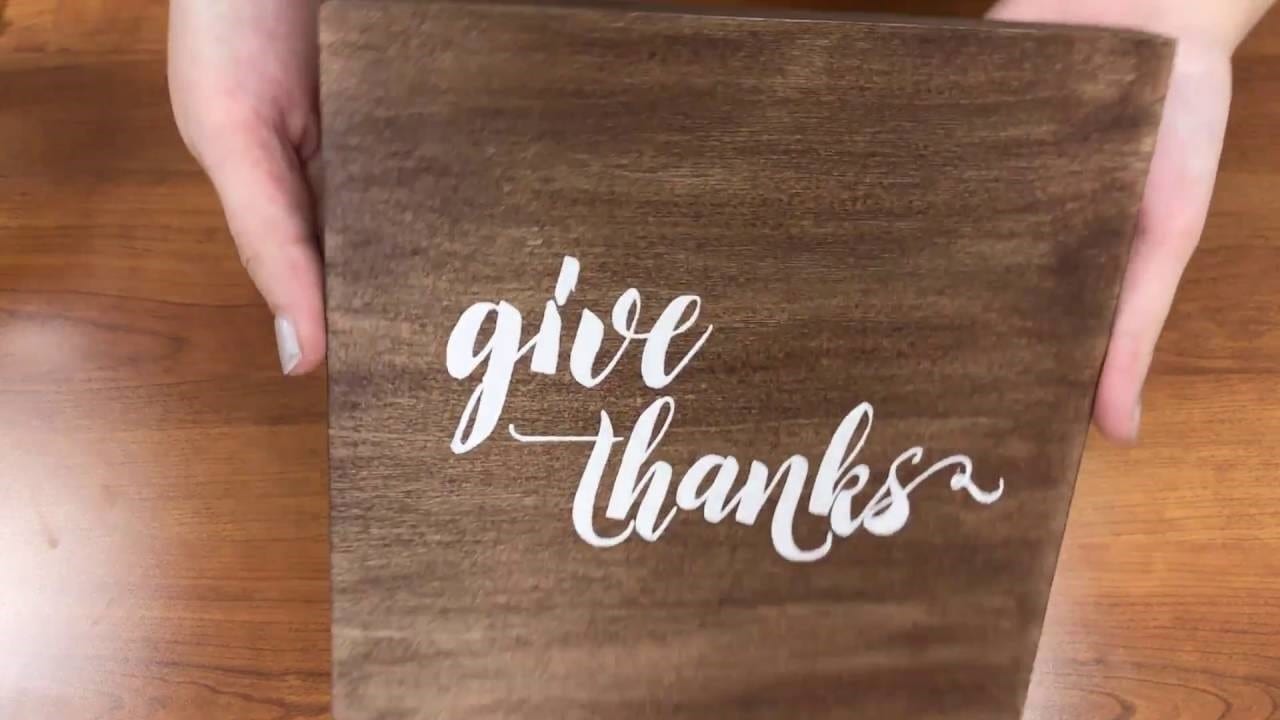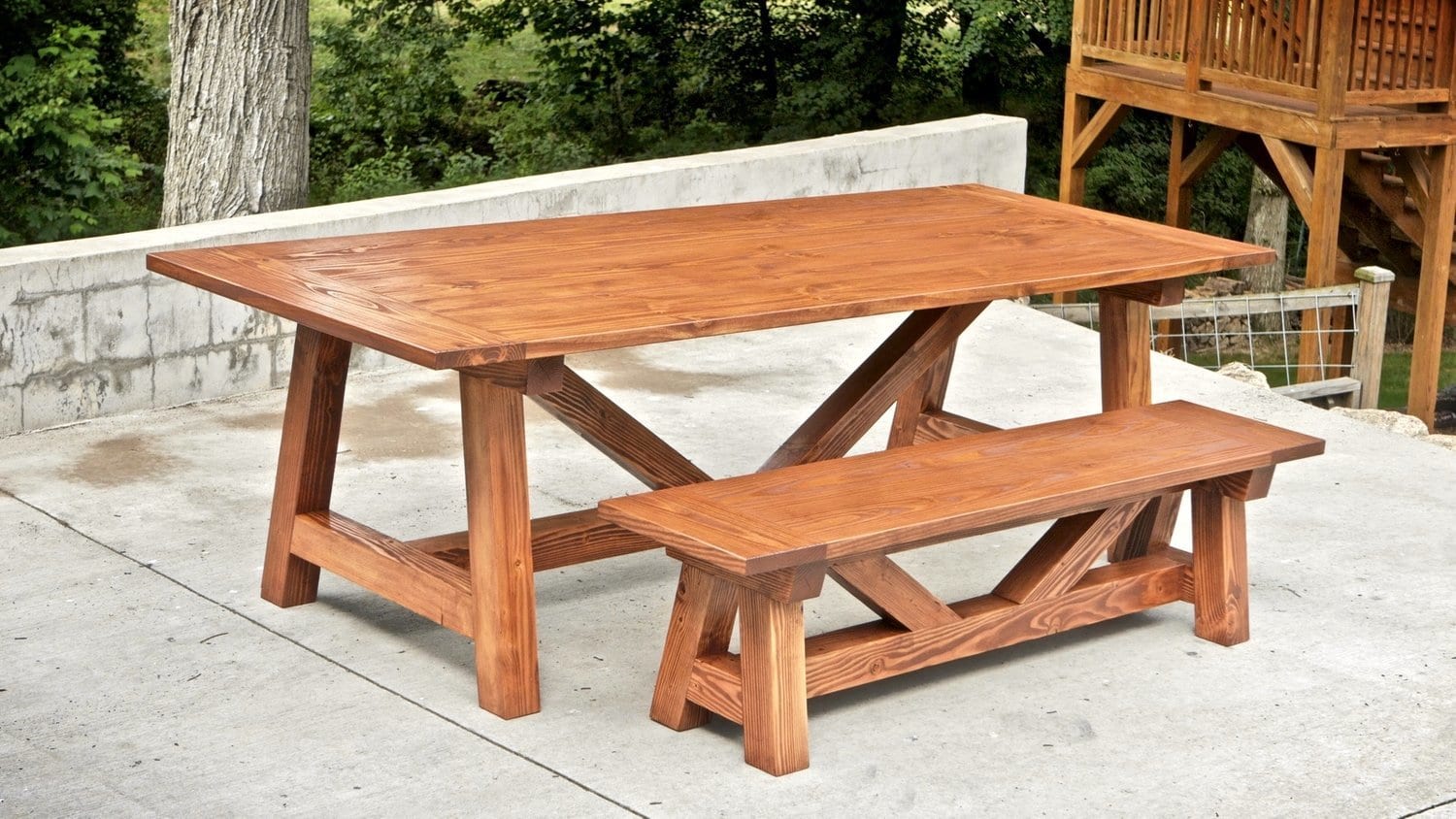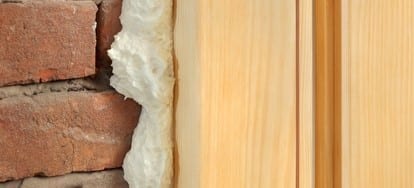Glue foam is a type of foam insulation that uses adhesive to attach the foam insulation to the surface it is insulating. The adhesive can be applied in liquid form, and then the foam is injected into the space between the two surfaces. The adhesive cures quickly and forms a bond between the two surfaces. Glue foam insulation is used for insulating walls, ceilings, and floors. It is also used for insulating ducts and pipes.
Things you will need
Glue foam is a type of insulation that is made from polyurethane foam. It is glued to the wood surface and can provide an airtight seal. It can help to insulate and protect the wood from moisture and pests. The things you will need to glue foam to wood are:
- wood
- foam insulation
- spray adhesive
- utility knife
- straight edge
- clamp(s)
How to glue foam to wood – A step-by-step guide
How to glue foam to wood? Wood glue is an adhesive used to attach pieces of wood together. It is usually a white or yellowish liquid that dries clear. The complete steps are below:
1. Gather your supplies

In order to glue foam to the wood you will need the following supplies:
– Foam
– Wood
– Glue gun
– Glue sticks
– Sandpaper
– Clamps (optional)
2. Cut the foam to size

The best way to cut foam for gluing it to wood may vary depending on the type of foam and the type of wood. However, here are a few general tips that may help:
1. If you’re using a knife or other sharp tool to cut the foam, be careful not to cut yourself.
2. When you’re using a saw to cut the foam, try to use a blade that’s specifically designed for cutting foam so that you don’t damage the foam.
3. When cutting the foam, always try to make clean, straight cuts. This will make it easier to glue the pieces together evenly.
3. Apply the glue to the wood

How to glue foam to wood? How to apply? There are a few different ways to adhere wood to other surfaces. One popular method is wood glue. When using wood glue, it’s important to make sure that the surface is clean and dry before applying the adhesive. You can then apply the glue directly to the surface of the wood, or use a brush or roller to spread it evenly.
It is best to apply glue to the wood using a brush. If a brush is not available, then a rag or your fingers can also be used. Make sure to spread the glue evenly across the surface of the wood and do not put too much on at once. Once the glue has been applied, place the two pieces of wood together and clamp them down until the glue dries.
4. Place the foam on top of the glued wood

If you’re looking to place a layer of foam on top of glued wood, there are a few things you need to keep in mind. First, the foam should be the same thickness or thinner than the glued wood. Second, make sure the surface of the foam is smooth and free of any lumps or bumps. Finally, use a spray adhesive to attach the foam to the wood surface. This will create a strong bond and help prevent the foam from peeling or coming loose over time.
5. Apply pressure and let it dry

There are a few things you can do to help keep your wood floors looking nice. One is to apply pressure and then let it dry. This helps the sealant or finish soak into the wood better and makes it less likely to scratch or scuff. You should use a dust mop or soft broom regularly to keep the dirt and dust off. This will prolong the life of your flooring, making it look nicer longer.
Not letting the adhesive fully cure before sanding or painting.
If you’re in a hurry, you may be tempted to start sanding or painting your newly glued-together foam project before the adhesive has had a chance to cure completely. This can lead to all sorts of problems, including parts coming apart, chipping paint, and an uneven finish.
It’s best to wait at least 24 hours after gluing before starting to sand or paint, but 48 hours is even better. This will give the adhesive plenty of time to cure and reach its full strength.
6. Sand down any rough edges

Rough edges can be sanded down with coarse-grit sandpaper. You will want to start with a coarser grit and then move to a finer grit if needed. Make sure to sand in the direction of the wood grain. If you are not sure which way the grain goes, you can usually tell by looking at the end of a piece of lumber.
What are some of the benefits of using glue foam?
How to glue foam to wood? what are the benefits? The benefits of using glue foam are:
-It is a strong adhesive that can hold materials together securely.
-It is weatherproof and can be used outdoors.
-It is moisture-resistant and will not deteriorate in water.
-It is non-toxic and safe to use.
-It is easy to apply and dries quickly.
Some tips and tricks for working with glue foam
How to glue foam to wood? What are tips? When working with glue foam, it’s important to make sure the surfaces you’re gluing are clean and dry. Also, be sure to use good-quality glue that will adhere well to both surfaces.
If the surfaces you’re gluing are not perfectly aligned, you can use a rubber band or clamp to hold them together until the glue dries.
If you need to cut the foam, use a sharp blade and make sure to cut slowly and carefully. You can also use a hot wire cutter or knife to cut the foam.
Once the glue has dried, you can sand or file down any rough edges.
Projects that can be made with glue foam
There are endless possibilities for projects that can be made with glue foam. A few ideas include:
-A three-dimensional model of the solar system
-A replica of your favorite building or landmark
-A set of toy cars or airplanes
-A soft, plushy animal toy
-A picture frame or mirror frame








